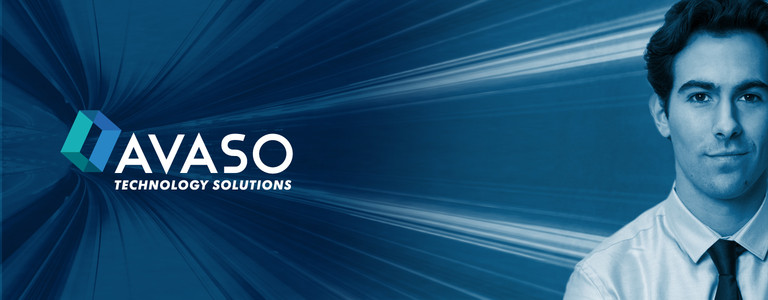 The switch that many companies are making to multi-cloud services also mean there are some challenges with how it works within a set infrastructure. While the mobility, convenience and efficiency of the cloud – whether it’s one provider or several – can be a huge boon for a business, it can also be fraught with some digital tension that needs to be addressed.
The switch that many companies are making to multi-cloud services also mean there are some challenges with how it works within a set infrastructure. While the mobility, convenience and efficiency of the cloud – whether it’s one provider or several – can be a huge boon for a business, it can also be fraught with some digital tension that needs to be addressed.
We looked into some expert advice to share about multi-cloud challenges and how to meet them head-on. As with many aspects of modern technology use, a lot of it comes down to planning in the right way. Here are some things to think about, via stories from Enterprise Talk and Solutions Review’s news websites.
What companies are seeing with multi-cloud
First, it’s a good idea to talk about what multi-cloud actually means. The idea behind it is straightforward, and getting easier to implement. In order to meet the challenges of businesses using and generating more data, cloud services can be stacked from two or more vendors that are able to work in sync with improved technology.
There are some risks with this process, though. Data and privacy has to be addressed with the increase in cloud services. Infrastructure, APIs and databases need to be unified. Plus, there is the time associated with any type of new cloud environment to be added and implemented.
It’s also a complexity issue. Using specialized tools, and getting them all in sync, requires training or specialized staff in order to support implementation as well as use once the multi-cloud is up and running.
Some potential solutions
Among what is being suggested are these ideas to help simplify the installation and use of multi-cloud:
Go to scale: Be sure to find the tools that work together the best, so collaboration is at a peak. Excellent integration is one of the hallmarks of multi-cloud working at its best, so structuring the search and purchase of those tools before implementation is key.
Centralize data: By implementing protection and cloud governance policies, you will be able to have an easily accessible database for all users, and one which can still be secure. With the remote workforce as a continuing reality, this will be a must.
Standardize the workflow: With one platform made from multiple applications, you can make it easier to standardize infrastructure, operations, development and security, making it less complex with one source to manage and monitor this data.
We can guide your decisions with expert advice, resources
Whether it’s the multi-cloud or any other innovation that will be coming our way, AVASO can help with decisions on whether it’s right for you as well as implementation if you decide to take that leap.
As an IT solution provider with offices around the world, we can design and implement advanced network infrastructures and data center environments scaled to what your capabilities need to continue your own progress. Let us help you create your own success story – learn more at our website.







